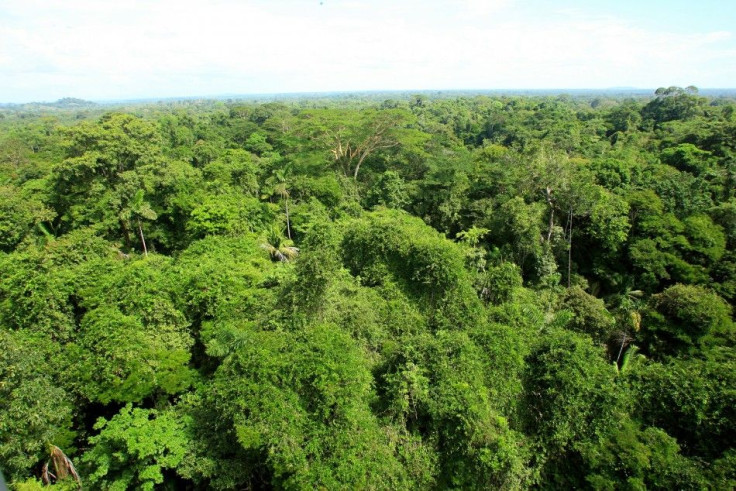Tropical Species More Vulnerable To Forest Fragmentation, Study Finds

Under the extinction filter hypothesis, animals that evolved in areas that constantly experience regular disturbances such as hurricanes and fires are more resilient and therefore could cope better to new disturbances such as deforestation.
Since forests in more mild or temperate regions typically experience more regular disturbances compared to warmer forests, based on the hypothesis, animal species in milder regions are more resilient while the animals in warmer regions are more sensitive
To test the hypothesis, researchers of a new study published in Science analyzed 73 datasets of forest species from all over the world, encompassing over 4,000 animal species including birds, arthropods, mammals, reptiles and amphibians. Specifically, researchers looked for “edge avoidance” or marks of species that do not like living or going to the edge of forests.
Forest edges are created through forest fragmentation, the break-up of forests through human activities such as logging, farming or even the creation of roads. In fact, over 70 percent of the Earth’s remaining forests is within a kilometer of forest edges.
Species Sensitivity
Interestingly, researchers found that 51.3 percent of animals in low-disturbance regions closer to the equator avoid forest edges. By comparison, only 18.1 percent of animals in low-disturbance regions farther from the equator avoid forest edges. In fact, the forest fragmentation sensitivity of animals living closer to the equator is six times higher compared to the sensitivity of the animals in higher latitudes.
Simply put, the researchers confirmed that animals in tropical regions are much more sensitive to forest fragmentation compared to the animals in more temperate regions.
“Tropical forests are at increasing danger from human activities,” study co-author Dr. Christina Banks-Leite of Imperial College London said. “The results we obtained show how the expansion of roads and agriculture in the tropics can drive species extinction even when overall forest cover levels are maintained.”
As such, the results of the study provide significant information that can help shape conservation efforts.
“It explains why plans used in one place don't necessarily work in another, and gives us great insight into how we should be tailoring our plans to account for ecological history,” co-author Rob Ewers of Imperial College London said.
For instance, an increase in the forest cover of a fragmented forest in a temperate region could still lead to high gains in animal species, but a forest in the warmer region could experience serious negative impacts even just with the addition of a road.
That said, even if the species in warmer regions were found to be more vulnerable, it doesn't mean that the species in more temperate regions are not at risk. In fact, negative impacts on animals are expected to worsen as animals continue to move closer to the poles in response to climate change.
The results simply show that there is no one-size-fits-all approach to restoring forests and saving its creatures. Instead, each one requires care and careful consideration.
© Copyright IBTimes 2024. All rights reserved.






















